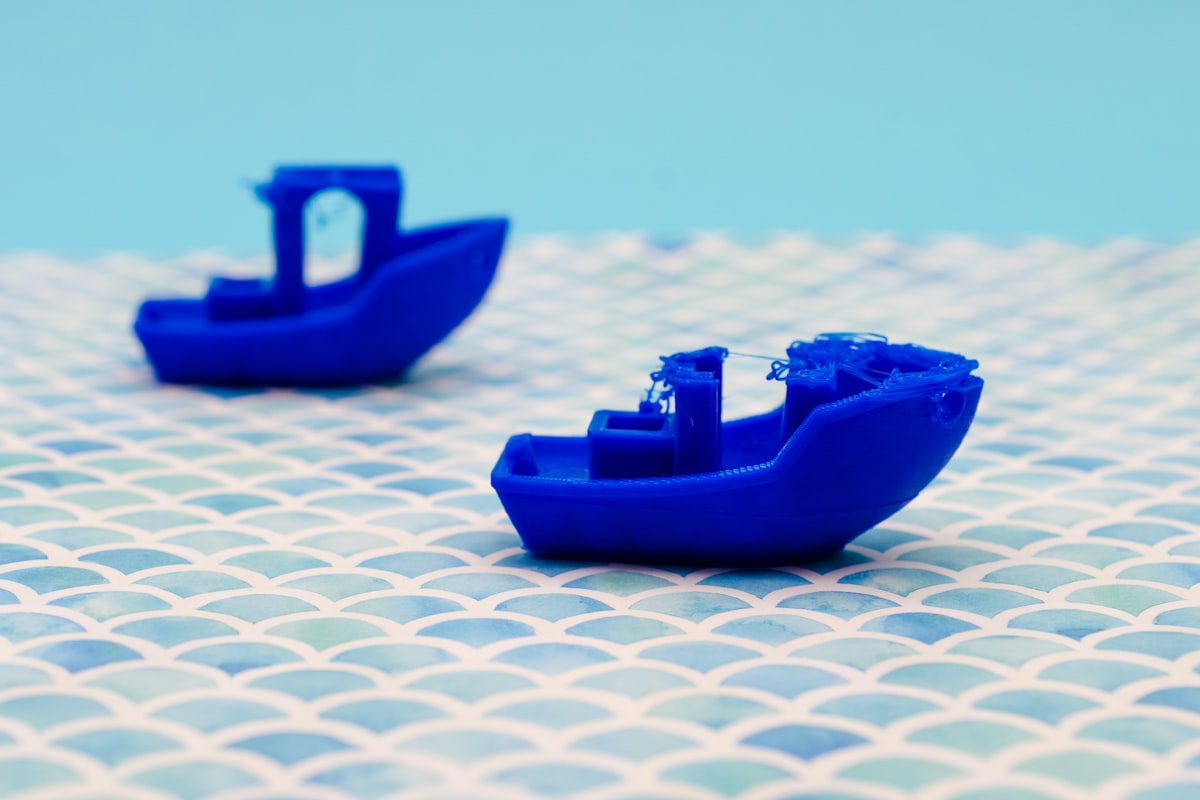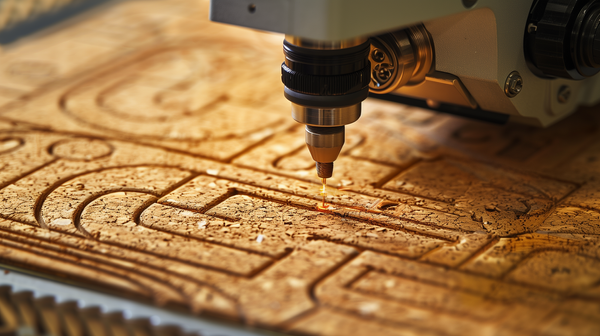Fail better with an engineering mindset
Failure is often seen as a negative part of life we tend to avoid at all costs. And sometimes we become too good at it. I'll tell you how I learned to embrace it.

This title might seem depressing or pessimist, but it is quite the opposite. I want this article to be encouraging.
Failure is often seen as a negative part of life we tend to avoid at all costs. And sometimes we become too good at it, which doesn't necessarily mean that we get good at the opposite - succeeding. Sometimes, we actually fail at a larger level, just by being too afraid of a smaller failure.
That’s what happened to me at many points of my life. Two relatable examples to resonate with the audience and get the reader's attention because that’s what a writer should do:
- I was too scared to tell a girl I liked her.
- I postponed starting personal projects to avoid a potential fiasco.
In those two situations, I actually failed, because I was afraid of comparably minor defeats. By not taking action, I surrendered. I accepted the outcome I didn’t want as part of my story. And I risked missing out on much greater things.
Sometimes, not failing means not succeeding
I think the way to overcome the kind of situations I mentioned above is to stop and look at what we are giving up when we decide not to take action.
And that’s the point. It’s all the actions we take, and not just what we desire, that determines what we achieve. Most of the time, when we decide not to do something, we abandon our goals.
Put simply: it’s easy not to fail by not doing anything. It’s safe. Comfortable. But can fill us with regret.
Fortune favors the brave - Latin proverb
Of course, I’m not saying we should always deliberately pursue failure. We should embrace it and learn from it. When we accept failure is a possibility, we can become better at it. Plus, the best way to do something is to actually do it: start small and don't get overwhelmed

Failing better: what I learned from Engineering
Full disclosure: I’m an Engineer.
What I mean by “the Engineering mindset” is the attitude and approach to solving problems methodically, and iteratively. We design, develop, prototype, test, and validate, over and over again. An infinite cycle.
And perhaps you are thinking “but I’m a creative person, I simply cannot limit myself to thinking like an Engineer! I will be bad for my project”. And I hear you. Engineers have squared minds. But, hear me out.
A big part of why we avoid failing by not taking action is because we also fear that the failure could go out of our control. We’re all control freaks to a certain level. We also tend to perceive a failure as a permanent setback, rather than a learning opportunity.
Here’s where the “squared” engineering mindset can help you. We break things on purpose, in a planned and controlled way, so we can actually learn from the results and improve what we are building.
My boss once told me “Our job is to put some order in this chaos!” - it was a particularly hard time at the company. Things had failed spectacularly. But there were two things that really pissed him off:
a) There was no data about the failed test. So no way to learn from it.
b) People were drawing conclusions out of nowhere.
That’s what you need to avoid!

5 ways to fail like engineers
How to approach failures, so we can get the best out of them, and feel more confident to take action. These are some suggestions to consider the next time you fail. You can also think about a failure you’ve encountered, and try to apply these:
1. Break it Down
By breaking down a failure into smaller parts, we can better understand what went wrong and how to avoid similar failures in the future. This structured approach can help us approach failures with more confidence and clarity.
2. Find the Source
By identifying the root cause of a failure, we can focus our efforts on addressing the underlying issues, rather than just treating the symptoms. This can lead to more meaningful and lasting solutions.
3. Keep Trying
Viewing failures as opportunities to learn and improve, we can keep making progress, even if it takes several attempts to get it right. This iterative approach can help us build resilience and perseverance.
4. Learn from Data
Without data, you're just another person with an opinion. - W. Edwards Deming
A good measure to learn from failures is to look at information about what happened, coming from outside of our heads. This data-driven approach can lead to better results over time.
5. Embrace the Journey
By embracing risk and viewing failures as opportunities to learn, we can become more confident in our ability to handle challenges and failures, and be more willing to take risks that can lead to greater success. This mindset can help us enjoy the journey, even when things don't go as planned.

Take action: Start small, but start
The only wat to do a thing is to do it - William Painter
If you don’t move toward what you want to accomplish, you’ll never get there unless some magic happens.
There’s a lot of importance in deciding what to do. That’s the “conceptual design” part of any project - if we think like engineers. But anything after that requires you to actually do something. Take a step. Prototype. Test (fail). Learn. Repeat.
You’ll never get there if you don’t take any steps. Failure is - guaranteed - one of the steps.
In conclusion, embracing failure is essential for personal and professional growth.
By using an engineering mindset to view failures as opportunities to learn and improve, we can become more resilient, take more action, and ultimately achieve more in life.
So the next time you face a failure, try to approach it with an engineering mindset and see how it can help you grow and succeed.
About the two examples at the beginning of the post:
- The girl happened to like me back and she was not afraid of letting me know. I love her, and we've been together for 10 years now.
- I started the projects I postponed, and they are now one of the main parts of my daily thinking, the center of my Ikigai. They give me focus.





